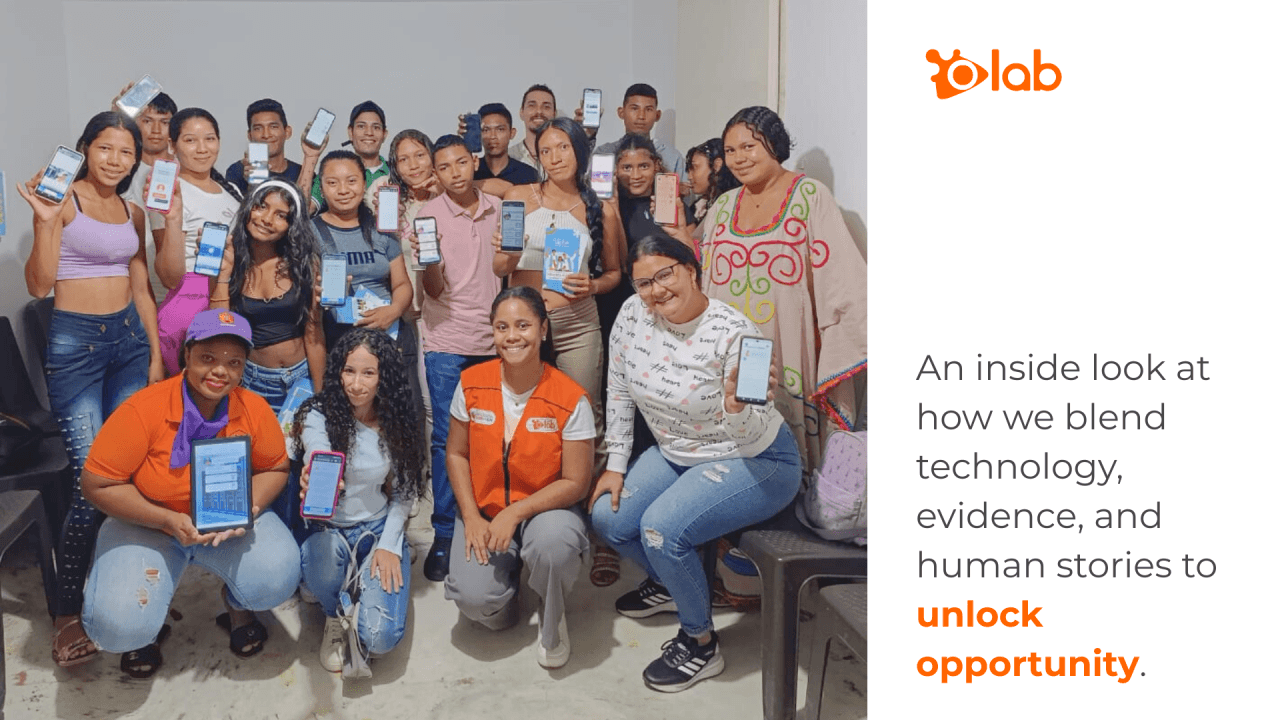- Technology and Artificial Intelligence
- Reading Time: 4 Min

The role of AI in training
AI is no longer a future promise: it is here, and it is already reshaping corporate learning.
For years, instructional design has been the foundation on which corporate training has been built: a blend of science, art and pedagogy that seeks to structure, present and evaluate purposeful learning experiences. However, technological and organizational changes have accelerated a profound transition. What worked before (linear structures, generic content, passive platforms) is no longer sufficient today.
The artificial intelligence (AI) has been almost silently integrated into corporate environments, starting with automating operational tasks, and moving towards content generation, learning personalization and real-time data analysis.
According to Stanford's AI Index 2025, 78 % of organizations already use AI in their processes. But the most telling statistic is another: 83 % of business leaders consider it a business priority.
In training, this translates into urgency: rethinking how we learn and teach in organizations.
Instructional design is being challenged
The classic structure of instructional design (phase-by-phase, structured and homogeneous objectives) was sufficient for decades. Today, the reality of work demands speed, adaptability, contextual relevance and results that can be measured in real time.
In this new scenario, AI is not just another tool in the technology box, but a force that reconfigures the entire system. From the moment of analyzing training needs, to the design and production of content, to the measurement of impact, AI allows rethinking the entire corporate learning cycle. And it does so at scale, efficiently and with a level of customization that was previously unthinkable..
Empowering the traditional LMS or migrating to intelligent learning environments?
This is where training and development areas face a strategic dilemma. Many companies already have an LMS in place and, rather than replacing it, are adding AI-enabled tools that allow them to personalize content, generate immersive experiences or automate learning measurement. This route makes sense when you want to leverage existing infrastructure and scale incrementally.
But there are limits. Adding tools on top of an architecture that was not designed for artificial intelligence can lead to friction, duplication of effort, and even confusion among users. That's why more and more organizations are migrating towards intelligent learning environmentsplatforms such as O-lab AI that are born with AI at their core, integrating design, data, simulation and personalization into a single continuous experience. Not only does this reduce operational complexity, but it enables a new way of thinking about learningThis is much closer to the business and the real context of the employee.
The transformation of the instructor
With this technology gaining ground, the role of the training area is also being redefined. It is no longer enough to design courses or manage platforms. Today, the ability to analyze data, make strategic decisions, lead technological adoption processes and always maintain the pedagogical focus is needed. Instructional designers are evolving towards more hybrid profiles: experts in content, but also in analytics, user experience and digital transformation.
This new profile does not replace human sensitivity, but enhances it. Because no matter how much AI automates processes, the pedagogical sense, ethical criteria and strategic vision are still human. The challenge is to combine both worlds in an intelligent way.
AI is not a fad, it is an organizational necessity
This conversation can no longer be postponed: AI is already hereThe competition is already using it and the gap between those who adapt and those who don't is growing every day. It is not just a matter of integrating technology, but of rethinking the principles on which we have built our learning models.
The decision between adding tools to a traditional LMS or migrating to an intelligent learning environment is not technical, it is strategic. It requires evaluating digital maturity, business vision, implementation capacity and impact expectations. But most importantly: requires a willingness to change.
Frequently Asked Questions
Can artificial intelligence completely replace human instructional design?
What types of companies are integrating AI into their training?
Is it necessary to replace the current LMS to use AI?
What are the concrete benefits of applying AI to instructional design?
What skills must the training area develop to lead this transformation?
What is the biggest risk of not adopting AI in corporate training?
If you would like to explore how you could adapt your training strategy to all levels of your organization without changing platform, schedule your DEMO with us and find out how O-lab AI allows you to do so in a flexible and frictionless way.
Would you like to know how to improve your company's training strategy? Schedule a free one-on-one consulting session and let's see how to make your training have real impact.


